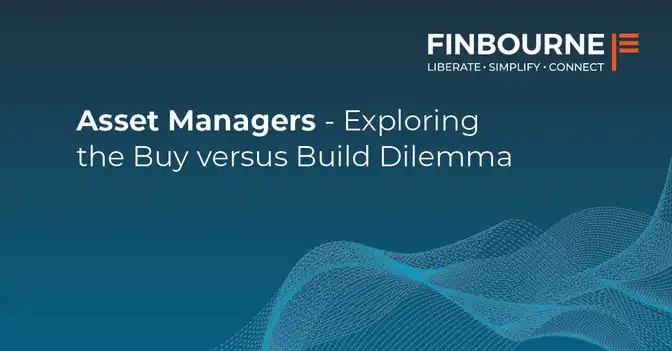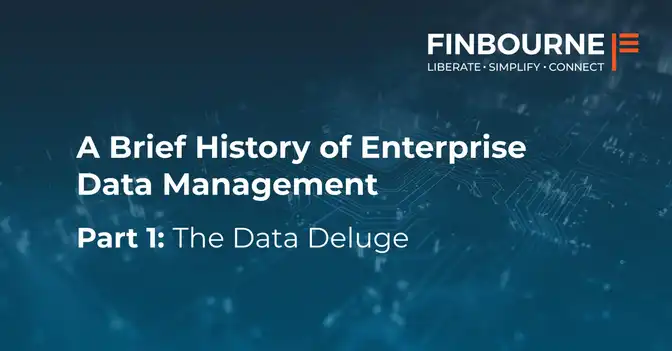This is the first in a series of posts looking at some of the questions we’re regularly asked about improving the investment data management process. Today we’re looking at reconciliations.
Let’s say you’re an asset manager who has outsourced your fund accounting. You have multiple funds, each with different investment strategies and priorities. You also have multiple investors in each fund. Or perhaps you’re a small fund who has just realised the complexity in taking data from your custodian and prime broker, building your own view of your positions, and comparing them to your fund accountant’s view.
Either way, you’re probably noticing significant discrepancies between your records and those of your fund accountant. If the problem is large enough you may even have an internal ‘shadow’ team to reconcile the differences between your records and those of the fund accountant. The cost of running this team almost completely negates the cost saving of outsourcing your fund accounting. Also, it’s likely that time constraints have occasionally forced you to accept the fund accountant’s version as being correct despite differences with your own records. It all begs the question: how can you accurately determine your true positions and transaction record effectively when confronted with conflicting and unreliable information?
The answer is that you need to improve the reconciliation process so that you can easily identify and reconcile the discrepancies between your own internal records and those of the fund accountant without delaying start of trading waiting for any breaks to be resolved. We’re building LUSID to help address problems such as this. Using LUSID, you can automate the reconciliation process, allowing you to get a better understanding of your positions:
- Partition the fund accountant daily holdings report from your own version
- Reconcile the two
- If there are breaks, derive a reconciliation portfolio with your version of events, so you can resume your start of day and continue trading, whilst the reconciliation also continues.
- Pass the break to the fund accountant. They are continually notified until the two versions match (i.e. until they have presented a version of events that matches the derived portfolio)
- Your live position will be correct unless the break was from your side. In this case you book a correcting trade in the derived version. If reconciliation passes, book the same correcting transaction into your live system.
This process allows you to make reconciliations with precision, and to investigate differences quickly.
LUSID has a full bi-temporal event history of the portfolios in question, so you can investigate breaks on your event timeline. For example, you can hold the effective date constant and move through ‘AsAt’ time to see precisely when the break occurred. This is particularly useful if your own end of day position is out of step with your trade blotter.
Using what we call ‘recipes’, you can also swap the inputs used to value the portfolio (e.g. market data feeds), making it simple to reconcile one measure at a time. And LUSID also allows you to keep an internal view of your funds separate from the fund accountant’s view through the use of what we call ‘scopes’. Each scope is a segregated namespace and can be entitled to provide certainty that your fund accountant isn’t writing data into your internal records.
If you’re interested and want to take a closer look under the bonnet – visit our GitHub page where we have a sample notebook with the full code samples so you can try this out yourself with your own data.




